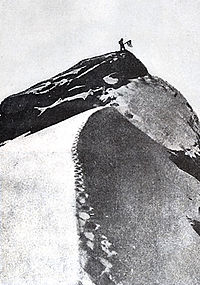
Figure 1 – Frederick Cook’s fraudulant photograph of his attainment of the summit of Mount McKinley in 1906.This location is now known as “Fake Peak.” From the Wikicommons and in the public domain.
We’ve spoken about both sophisticated and unsophisticated photographic fakes. But it’s important to remember that sometimes there’s no photographic slight of hand to it. Sometimes a fraud is just a fraud. Case in point is Frederick Cook’s (1865-1940) photograph of his “successful” ascent of Mount McKinley, the highest peak in North America. Besides claiming the first successful climb of Mount McKinley, Cook also claimed, to have reached the North Pole on April 21, 1908, a full year before Peary. As discussed in yesterday’s blog, both claims are now disputed.
Cook was a physician and explorer. He was a founding member of two New York both the Arctic Club (1894–1913) and the Explorers Club (1904–present). Dr. Cook was, in fact, the second President of the prestigious Explorers Club.
Cook claimed to have reached the summit of Mount McKinley on September 1906, which would have made him the first person to do so. After his claim to the North Pole came into question in 1909, his climb of Mount McKinley also came under scrutiny. Ed Barrill, Cook’s sole companion during the ascent signed an affidavit saying that they never reached the top.
Two modern climbers, Bradford Washburn and Brian Okonek, made it their mission to discredit Cook’s claim. Between 1956 and 1995 they were able to identify the locations from which most of Cook’s photographs of the ascent were taken. In 1997 Robert M. Bryce Bryce identified the locations of the additional photographs, including his “summit” photograph, shown here as Figure 1. This location, now known as “False Peak,” is approximately twelve miles from the summit and three miles below it.
The point of all of this is that you don’t necessarily need to manipulate images to create a fake. You just need the imagination to do so and a lot of wishful thinking on the part of your viewer. And if what I read on the social media is correct, as one false image after another is circulated, wishful thinking is bountiful.
